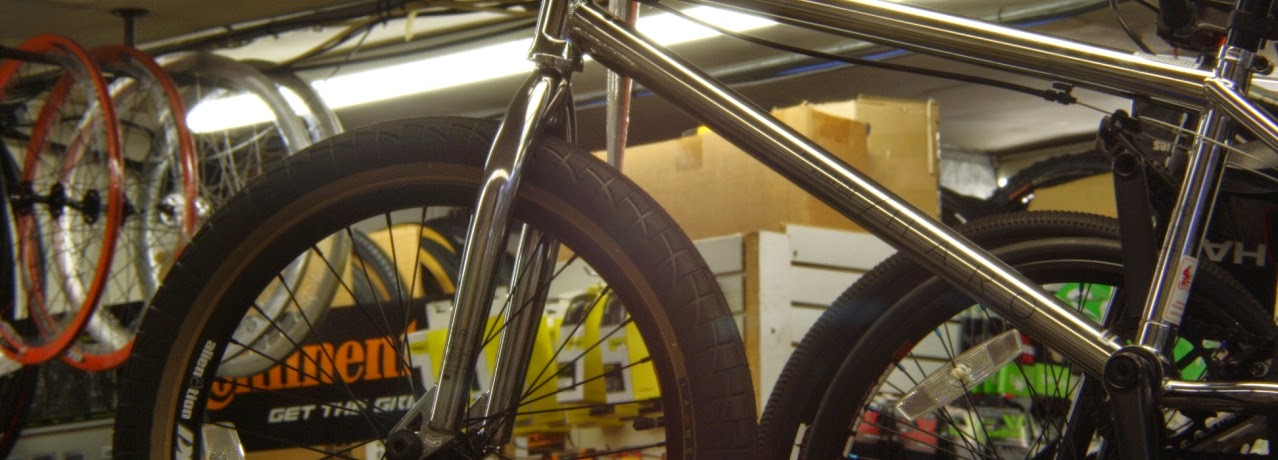So where’s the best place to position your road bike’s brake pads?
The trend in road bikes is towards disc brakes. However, there are still millions of riders who stop their ride using rubber pads on the sides of the rims. We have all spent time trying to set those up perfectly for best stopping, and less noise, vibration, and so on. BikeTestReviews.com decided to investigate:Last Saturday, while waiting for everyone to arrive at the group ride, the self-proclaimed bike repair guy, whose shop is in his basement, was helping a female cyclist who was fairly new to the sport. She told him that something was rubbing and shaking while she was riding, especially when braking. He took the bike for a quick up the block and back and told her it was her brake pads. She was running them dead center on the brake track and he said that he prefers to see them as high as possible. I sat there for a minute trying to understand his logic which still doesn’t make sense.
- From a manufacturing point of view - when machining the braking surfaces, the lower area is supported by the inside of the rim, the upper area has no support and therefore the upper area of the brake track will deflect slightly when machining and will ultimately have more unevenness than the lower part of the brake track.
- From an operational point of view - again, the upper part of the brake track is unsupported and will therefore deflect more, i.e., pulsate more under heavy braking.
Further searching through Shimano’s vast number of Tech Docs, I found this…

No comments:
Post a Comment